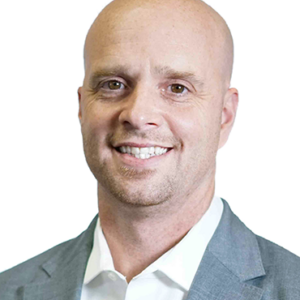According to the Spring 2021 report from the National Student Clearinghouse Research Center, community colleges continue to take the brunt of the decrease in enrollment in higher education. Two-year public institutions have experienced a year-to-year decrease between Spring 2020 and 2021 of 9.6%, amounting to a decrease of 600,000 students. In review of the data, an even more surprising finding is the decrease in traditional age (18-24) college students enrolled at two-year public institutions, down a total of 13.2%.
Community college enrollment has traditionally decreased in times of low unemployment. The current trend is different from what we are used to seeing, which has raised some concern in the higher education community as to what exactly is happening this time.
However, this shift in enrollment hasn’t transpired in a semester or even a calendar year, as the data may indicate. Prior to the pandemic, community colleges in New York State were already beginning to experience the impact of long-term shifts in demographic trends, including declining birth rates, record migration out of the State, and immigration into the State. Institutions also began facing new and more aggressive competition as a result of changes in technology and program delivery.
While these external forces have begun to ultimately change the what, where, and to whom instruction is delivered, there is no reason it should change the core mission, which is to provide access to higher education and community enrichment. The pandemic may have accelerated or exacerbated some of the negative enrollment trends, but it hasn’t changed the fact that community colleges still play a critical role in our community as an economic engine that can provide skills and higher education for individuals to stay relevant, increase equity, and provide opportunities for the American Dream.
The final 2020 census count may, in fact, present a silver lining for New York State’s community colleges. Although there has been an emigration of almost 1.5 million in the State over the past decade, the 2020 census reported the State had a population growth of approximately 140,000 individuals, mainly comprised of immigrants who will look to community colleges to attain skills, training and higher education.
The good news is that, even as the demographics are changing, Community Colleges can still change to fit the times. Successful institutions will come out the pandemic with a re-positioned strategy and an updated organizational model that is ready to meet the demands of a new economic landscape.
Business officers play a critical role in this re-positioning. Now more than ever, business officers need to become collaborative leaders in order to connect strategic plans to the financial plans, to ensure ongoing viability of these institutions. To re-position, business officers should consider addressing the market needs within the community.
- How is the Community doing and what do they need?
- What data does the community have to support their needs?
- Where can we get more data?
- How do we respond to the data?
Once the data is obtained, it will very likely present the need for new, innovative programs and strategic public and private partnerships. It’s important for the business officer to be a collaborative partner with program leaders and avoid being seen as a “C.F.No.” To be a supportive collaborative partner, each program decision should have a business plan that marries the interests of the Community College with the opportunities, challenges, and risks for ongoing financial sustainability.
Business officers shouldn’t just stop with a new plan, though; all programs should be constantly evaluated by an implementation team and continually evaluate their ongoing success. Good plans are modified often to reflect performance and ensure sustainability. The evaluation team should always focus on the following three questions.
- What do community members think did and didn’t go well?
- What really happened?
- Can we scale this to other programs?
The world is constantly changing, and the pandemic may very well have sent us careening into a new era for higher education. In this new environment, the only bad change is the one that was never considered at all.
The information and advice we are providing for this matter relates to COVID-19 legislative relief measures. Because legislative efforts are still ongoing, we expect that there may be additional guidance and clarification from regulators that could modify some of the advice and information provided to you, after the conclusion of our engagement. We therefore make no warranties, expressed or implied, on the services provided hereunder.




